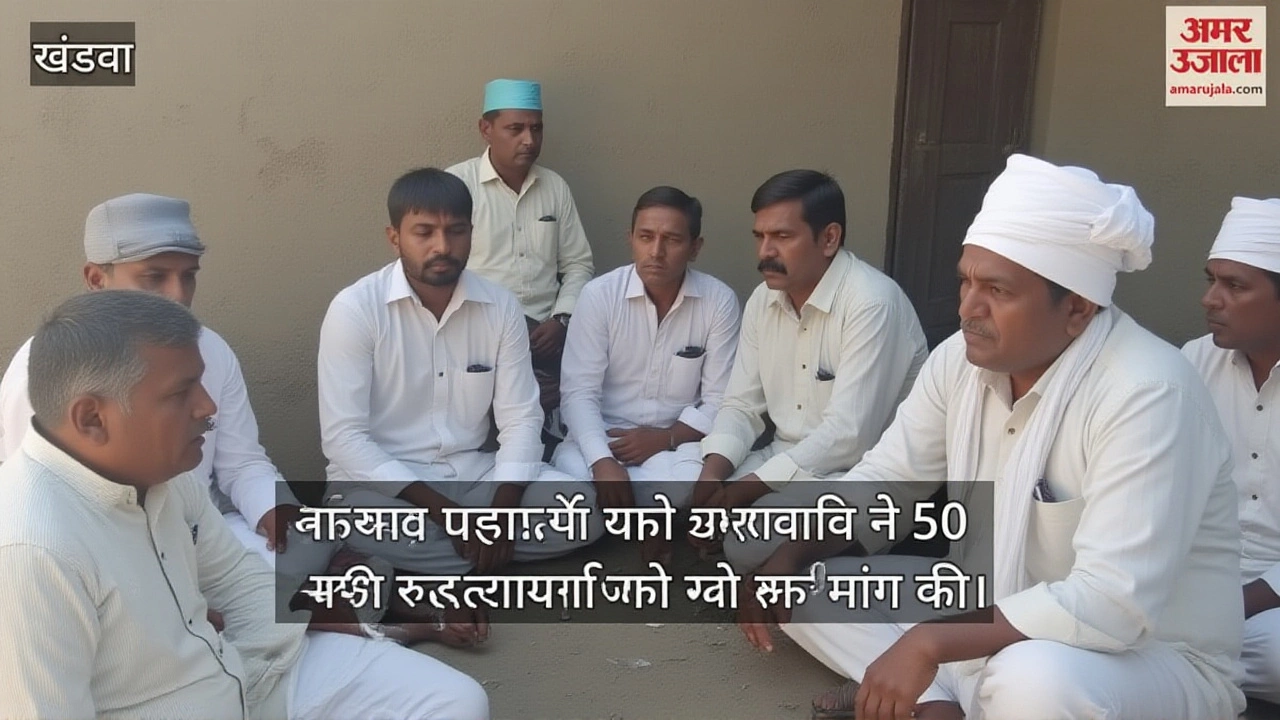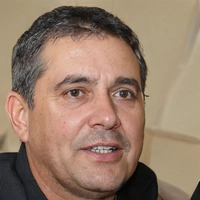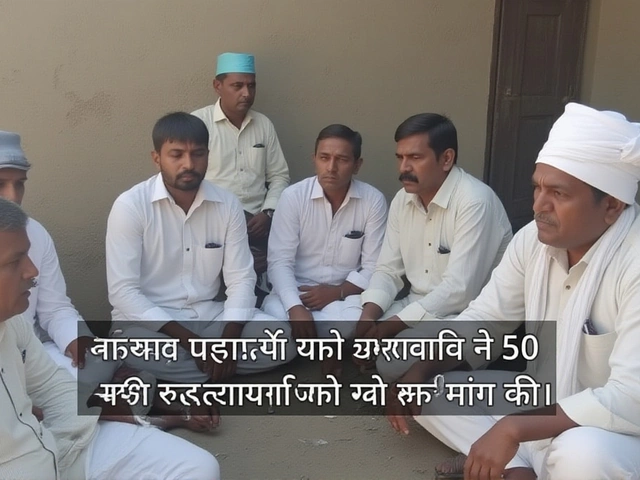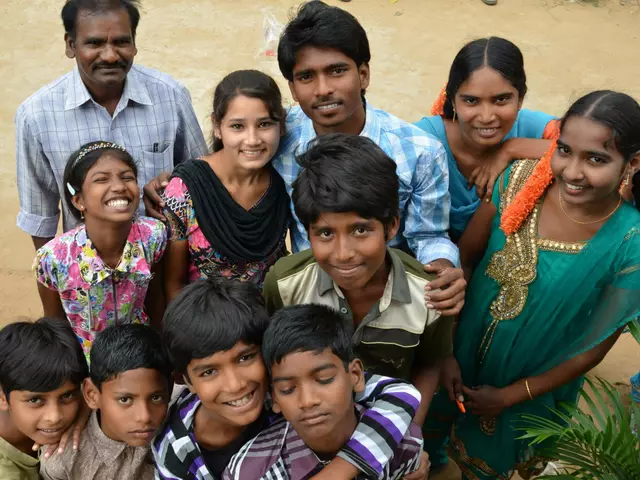Eight men lost their lives in a tragic well incident in Kondawat village, Khandwa district, Madhya Pradesh, on April 3, 2025, when a sudden surge of toxic gas overcame them as they tried to rescue a fellow villager during preparations for the Gangaur Festival idol immersionKhandwa district, Madhya Pradesh. The victims – Rakesh, Vasudev, Arjun, Gajanand, Mohan, Ajay, Sharan and Anil – were identified by local authorities, and the incident has sparked an urgent call for better safety measures around ritual wells.
Why the well turned deadly
According to Manoj Kumar Rai, Superintendent of Police, the tragedy began when a rope gave way and a young man slipped into the well’s murky depths. The well, used exclusively for idol immersion, has a hidden drainage channel that feeds village runoff into its bottom. Over months, organic waste and stagnant water created a breeding ground for methane and hydrogen sulfide – gases that are odorless but can knock a person unconscious within seconds.
Officials say the well’s “swamp‑like” condition meant that, once the first person went under, the displaced water released a plume of these gases. When seven others dove in one after another to pull him out, they all inhaled the same lethal mix.
The rescue scramble
A frantic call from villagers summoned a rescue team of about 100 volunteers, including State Disaster Emergency Response Force (SDERF) operatives. Fifteen SDERF members waded into the sludge for hours, trying to reach the trapped bodies. By evening, all eight were recovered and taken to Khandwa district hospital for post‑mortem analysis.
The effort highlighted a critical gap: there were no breathing apparatuses or rope systems on hand. “We acted on instinct, not on protocol,” a rescued volunteer later admitted.
Official response and compensation
Rishav Gupta, District Collector, announced a compensation package of ₹4 lakh (about $5,000) for each victim’s family. He also ordered an immediate audit of all ritual wells in the district to assess contamination levels.
The administration promised to fund a safety workshop for village elders, covering basic rescue techniques and the dangers of confined‑space gases. “Our priority is to prevent a repeat,” Collector Gupta said, while urging the community to suspend all immersion activities until the wells are deemed safe.
Historical and cultural backdrop
The Gangaur Festival, celebrated across central India, honors Goddess Gauri and marks the arrival of spring. In Khandwa, the ritual of immersing clay idols in a village well dates back to the 19th century, when water sources were scarce and the well doubled as a communal gathering spot.
Over time, the well fell out of daily use, becoming a ceremonial basin only. Yet the tradition persisted, and with it, the risk of neglect. Similar incidents have been recorded in Rajasthan and Gujarat, where idol‑immersion pits have turned into toxic chambers after years of unchecked waste build‑up.
Safety lessons and next steps
- All wells used for festivals should be inspected for gas buildup a week before events.
- Villages need portable gas detectors and rescue kits, especially in areas with high organic runoff.
- State authorities must mandate safety drills for community volunteers each year.
- Consider relocating immersion rituals to specially constructed, lined tanks that can be emptied and cleaned.
Scientists from the Madhya Pradesh Pollution Control Board have been asked to conduct a detailed study on the chemical composition of the gases released from such wells. Their findings could shape new state‑wide guidelines for festival safety.
What this means for the community
The loss of eight breadwinners has left a palpable void in Kondawat. Families now face both emotional grief and financial strain. Local NGOs have begun mobilising relief funds, while the district’s Women’s Welfare Department is preparing counseling sessions for children who witnessed the tragedy.
Beyond the immediate sorrow, the incident has ignited a broader conversation about the balance between cultural heritage and modern safety standards. As India’s rural festivals grow larger, the need for structured risk assessments becomes ever more urgent.
Frequently Asked Questions
What caused the victims to suffocate?
Investigators believe a buildup of methane and hydrogen sulfide – both by‑products of organic decay in the well’s drainage‑receiving water – created a lethal gas cloud. When the first person fell in, the disturbance released the gases, which quickly overwhelmed the rescuers.
Who is responsible for the compensation?
District Collector Rishav Gupta announced a payment of ₹4 lakh per victim’s family, funded by the state government’s disaster relief budget.
Will the Gangaur immersion still happen this year?
Authorities have postponed the immersion until a thorough safety audit clears the well. In the meantime, officials are exploring alternative venues, such as temporary tanks, to keep the ritual alive without risk.
What measures are being taken to prevent similar accidents?
The state will conduct inspections of all ritual wells, provide gas detection kits, and train village volunteers in confined‑space rescue. A legislative proposal is also in the works to require safety clearances for any public immersion site.
How are the victims being remembered?
A memorial service is scheduled for April 6, with candle‑lighting at the well site. Community leaders hope the ceremony will honor the eight men while reinforcing the urgency of safety reforms.





Post A Comment